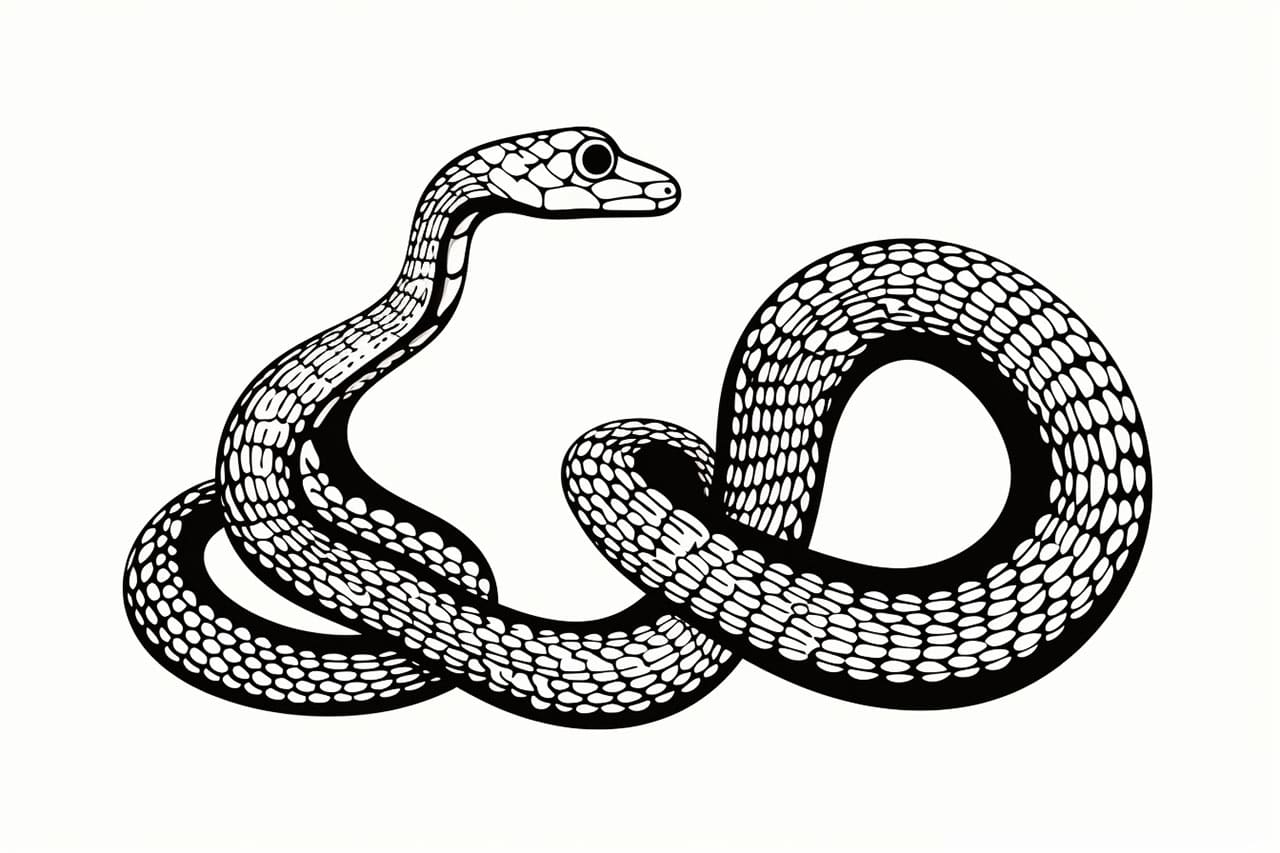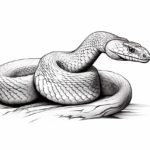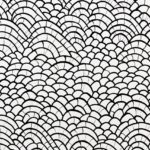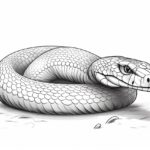Welcome to this step-by-step guide on how to draw a rattlesnake! Whether you’re an experienced artist or just starting out, this tutorial will teach you the techniques needed to create a realistic and detailed representation of this fascinating reptile.
Materials Required
Before we begin, make sure you have the following materials:
- Pencil (preferably HB or 2B)
- Eraser
- Drawing paper or sketchbook
- Fine-tip pens or markers (optional)
- Colored pencils or watercolor paints (optional)
Now that you have gathered your materials, let’s dive into the steps of drawing a rattlesnake!
Step 1: Basic Outline
Start by lightly sketching a horizontal line across the center of your paper. This line will act as the snake’s body. Next, draw a triangle shape at one end of the line to represent the head. Keep the lines loose and light, as you will be refining and adding details later on.
Step 2: Head Details
Now, let’s focus on the head. Using the triangle as a guide, add more curved lines to create a rounded shape for the rattlesnake’s head. Pay attention to the proportions and try to capture the snake’s characteristic triangular shape.
Next, draw two small circles for the eyes, positioning them towards the upper sides of the head. Add a smaller curved line inside each eye to represent the pupils. Don’t forget to leave a highlight in each eye for added realism.
Step 3: Rattle and Neck
Moving on to the rattlesnake’s distinctive rattle, draw a series of small, curved shapes at the end of the body line. Each shape should be slightly larger than the previous one, gradually increasing in size towards the tip. These shapes represent the segments of the rattle. Add a curved line at the bottom to enclose the rattle.
To create the snake’s neck, draw two curved lines that connect the head to the body. Make sure the neck is slightly thinner than the body itself.
Step 4: Body and Patterns
Now, let’s work on the body of the rattlesnake. Start by drawing a long, curved line extending from the head to the end of the body line. This line represents the snake’s back. Add a wavy line parallel to it, slightly below, to create the underside of the snake.
Rattlesnakes have unique patterns on their skin. To capture this, draw a series of irregular shapes along the length of the snake’s back. These shapes should be wider towards the head and gradually become thinner towards the tail. Take your time and experiment with different patterns until you achieve the desired effect.
Step 5: Scales and Texture
Now, let’s add some texture and detail to the snake’s body. Rattlesnakes have distinctive scales that cover their skin. Start by creating small, curved lines on each section of the snake’s back to represent these scales. These lines should follow the contours of the snake’s body.
Continue adding scales all the way to the tail. Remember, the scales should be larger towards the head and smaller towards the tail. Take your time with this step, as the scales add depth and realism to your drawing.
Step 6: Final Details
At this point, your rattlesnake is almost complete! Take a moment to review your drawing and make any necessary adjustments. Erase any unnecessary guidelines and darken the final lines.
If you’d like to add more depth and dimension to your drawing, you can use fine-tip pens or markers to trace over the lines and create more defined outlines. You may also choose to use colored pencils or watercolor paints to add color to your artwork. Experiment with different shading techniques to bring your rattlesnake to life.
Conclusion
Congratulations! You have successfully learned how to draw a rattlesnake step by step. By following these instructions and practicing regularly, you will continue to improve your drawing skills and create even more captivating artwork.
Remember, drawing is a journey that requires patience and practice. Don’t be discouraged if your first attempt doesn’t turn out exactly as expected. Keep practicing, exploring, and honing your artistic abilities.
So grab your pencil and paper, and start sketching your own stunning rattlesnake masterpiece today!









